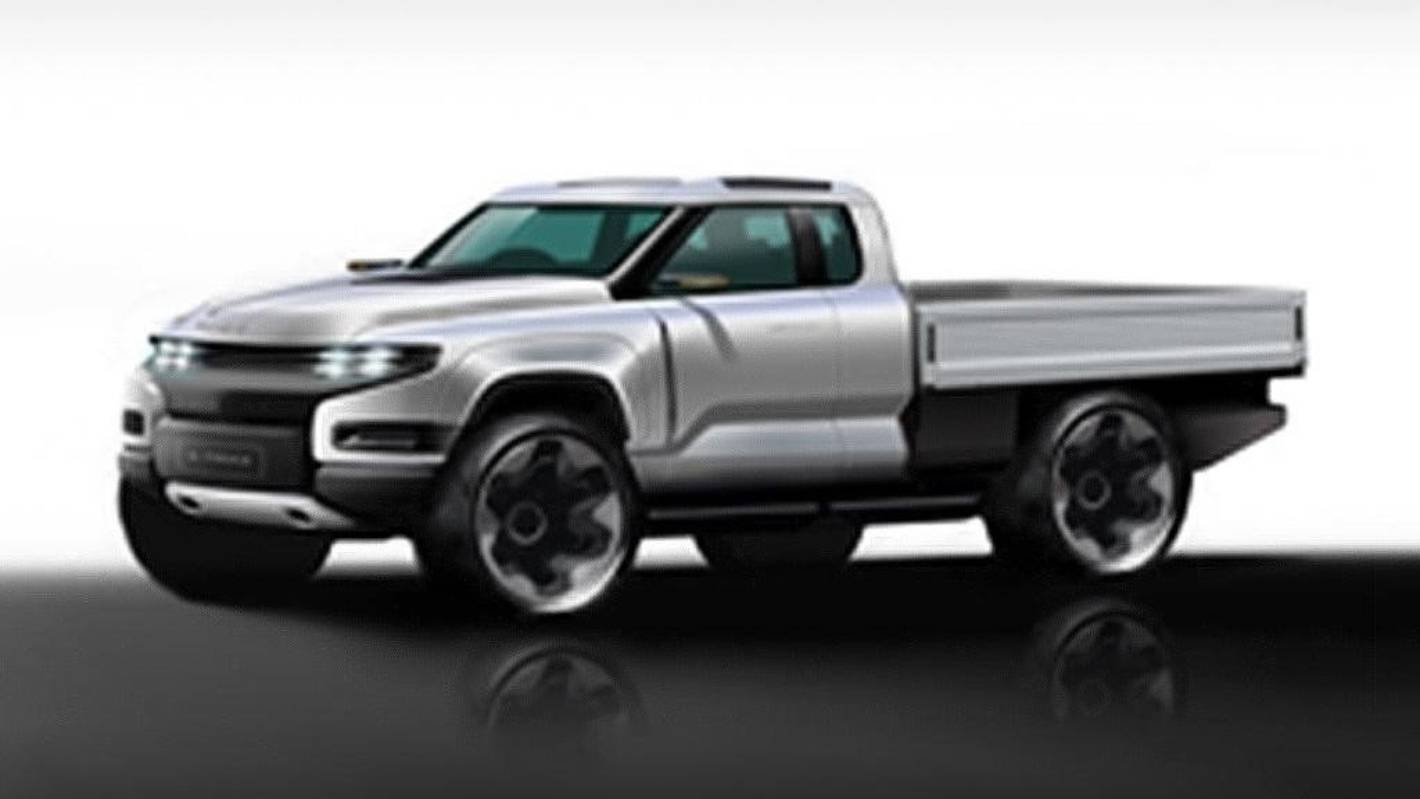supplied
A sketch of Roev’s electric ute.
High-volume Australian-built vehicles may soon be back on the menu thanks to a new startup aiming to introduce a new electric ute to the market.
Roev (pronounced ‘rove’) wants its finished product on the market by around 2026, having worked on the ute for the past three years.
A design sketch of the ute shows a sleek single-cab design with a cab-chassis tray over the back with a bulging bonnet, LED headlights and slim glasshouse. It will likely feature Roev’s in-house electricals, which it already uses to convert Ford Rangers and Toyota Hiluxes.
DAMIEN O’CARROLL
What new EVs are likely to be heading our way in the next 18 months? We take a look.
At the moment, those use a single electric motor powering both 4×2 and 4×4 variants, with either a 70kWh or 100kWh (lithium-iron phosphate) battery pack available. The larger will offer up to 300km of range, something Roev believes will be suitable for many fleets. Four-wheel drive vehicles will retain their standard transfer case while the transmission will be a simple reduction gear.
READMORE:
* Hybrid for Hilux before Ranger?
* Next-gen Triton to be the first major ute with a PHEV option
* Kia commits to two all-electric utes by 2027
* Ford’s fork in the road: EV, internal combustion are split
The electrical system will initially be 400 volts – the standard used in most EVs – and will support DC fast-charging capability. Roev will pull its batteries from overseas suppliers at first, before eventually using Australian-made batteries.
supplied
Roev wants to convert Hiluxes and Rangers while he readies his own ute.
It will also support bi-directional charging, helped by Roev’s history in software.
“EV utes are a great start, but the biggest impact will come from running them efficiently with renewable energy and the ability to store and redistribute that energy from their batteries,” CEO Noah Wasmer, a former executive with software giant Atlassian told carsales.
“We see the future of vehicle depots as DC micro-grids, and by testing our V2G technology and EV management software, we can show that it can be done without impacting the driving performance or range requirements for electric vehicles.”
supplied
Roev’s electric ute will be able to feed energy back into houses or the grid itself.
According to the publication, Roev isn’t currently interested in producing hundreds of thousands of vehicles just yet. Instead, it wants to build “micro-factories” that operate profitably on as few as 10,000 vehicles annually.
“If you told me we had such amazing success that we need to build millions of vehicles I’ll tell you that we’re not architected right to build millions of vehicles,” said Wasmer.
Roev isn’t ready to talk pricing or availability just yet, aside from that 2026 goal. There’s also a good chance the specifications will change by the time Roev is ready for production.
